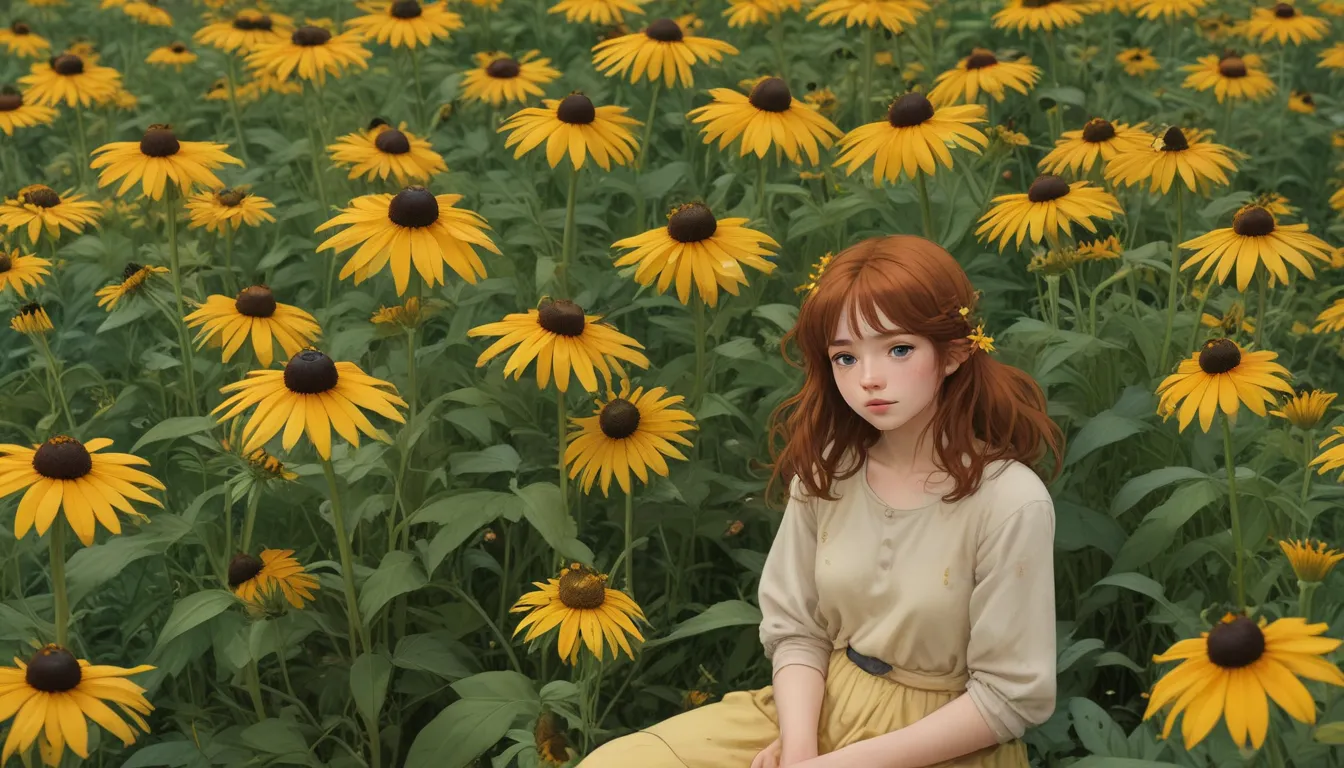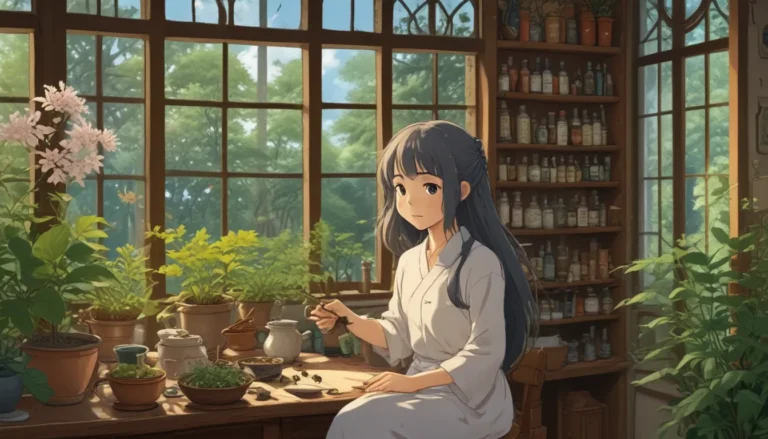Everything You Need to Know About Growing Black-Eyed Susan Flowers

I’ve had the pleasure of traveling across the United States, enjoying various landscapes and outdoor adventures. Throughout my journeys, one constant companion has been the beautiful Black-Eyed Susan flower. This iconic plant with its bumblebee yellow petals and dark center is a familiar sight to many gardeners and nature enthusiasts.
In this detailed guide, we will explore the fascinating world of Rudbeckia hirta, commonly known as Black-Eyed Susan. From its cultivation and history to propagation, care and maintenance, companion planting, and more, we will cover everything you need to know to grow these stunning flowers in your garden.
Cultivation and History
Contrary to what the name might suggest, Black-Eyed Susan is not a fighter but rather a charming flower with a dark central cone surrounded by vibrant petal-like rays. These perennial flowering plants are native to the Central and Eastern regions of North America and have become naturalized in other areas, including China.
Interestingly, Black-Eyed Susan is also the state flower of Maryland. Named after Swiss botanist Olaus Rudbeck, these flowers have a mounding habit, growing to two to three feet tall, and bloom from June to September.
Where to Plant and How to Use
Black-Eyed Susan flowers are versatile and can be used in various ways. Their vibrant yellow blooms make attractive additions to cut flower arrangements, with a vase life of up to 10 days. They can also be used for medicinal purposes, such as treating colds and reducing swelling.
These flowers are also a favorite of wildlife, attracting butterflies, bees, and other beneficial insects. Birds like goldfinches and sparrows feed on the seed heads, making them a valuable addition to any garden.
Growing for Wildlife
Black-Eyed Susan flowers are not only beautiful but also play a crucial role in supporting local wildlife. They attract pollinators such as butterflies, bees, and wasps, while also serving as a food source for birds. Planting these flowers can enhance the biodiversity of your garden and provide essential resources for local wildlife.
Propagation
When propagating Black-Eyed Susan flowers, it is essential to consider their self-seeding nature. These plants can be propagated from seeds, which should be sown directly in the ground after the last frost. Starting seeds indoors before transplanting can also result in stronger, healthier plants.
How to Grow Black-Eyed Susan Flowers
Black-Eyed Susan flowers thrive in full sun and well-drained soil. They are tolerant of various soil types and conditions, making them resilient in different environments. However, these flowers do not do well in containers due to their deep root system and prefer to be planted directly in the ground.
Care and Maintenance
To maintain Black-Eyed Susan flowers, remove seed heads before they dry completely to prevent self-seeding. Perennial varieties can benefit from root division every three to five years, while pinching back growth can promote a bushier plant growth.
Companion Planting
Black-Eyed Susan flowers pair well with a variety of companion plants, including zinnias, globe thistle, sedum, perennial hibiscus, echinacea, and ornamental grasses. These flowers also look great when mixed freely with other plants in borders or wildflower seed mixtures.
Managing Pests and Disease
While Black-Eyed Susan flowers are generally resistant to pests and diseases, they can be susceptible to leaf spot fungus. It is essential to remove infected foliage and treat any issues promptly. Basic remedies such as neem oil can help prevent insect damage and fungal problems.
Cultivars to Select
There are several heirloom and hybrid cultivars of Black-Eyed Susan flowers to choose from, each offering unique colors and characteristics. Some popular varieties include ‘Autumn Forest,’ ‘Green Eyes,’ and ‘Goldsturm,’ each with its distinctive features and growth habits.
Quick Reference Growing Chart
- Plant Type: Short-lived flowering perennial, often grown as annual
- Flower/Foliage Color: Yellow, orange, red
- Native to: North America, naturalized in China
- Maintenance: Low
- Hardiness (USDA Zone): 3-9
- Tolerance: Drought, rocky soils, deer
- Bloom Time/Season: June to September
- Soil Type: Rich and fertile
- Exposure: Full sun
- Soil pH: Prefers 6.8-7.7
- Time to Maturity: 60 days
- Soil Drainage: Well-draining
- Spacing: 18” apart as seedlings
- Companion Planting: Zinnias, globe thistle, sedum, perennial hibiscus, echinacea, joe pye weed, and ornamental grasses
- Planting Depth: Pressed or scratched in; do not cover
- Uses: Cut flowers, mass plantings, meadows, bird and wildlife attraction
- Height: 2-3 feet
- Attracts: Birds, bees, butterflies, and other pollinators
Joyful Allure
In conclusion, Black-Eyed Susan flowers are a delightful addition to any garden, offering beauty, biodiversity, and resilience. Whether you’re a seasoned gardener or a nature enthusiast, these flowers provide a cheerful and vibrant presence in outdoor spaces.
Have you ever grown Black-Eyed Susan flowers in your garden? Share your experiences and tips in the comments below. For more floral inspiration and gardening guides, explore our selection of articles on a variety of plant species and growing techniques.
Remember, the beauty of gardening lies in the diversity of plants and the joy they bring to our lives. So, go ahead and plant some Black-Eyed Susan flowers in your garden to enjoy their colorful blooms and wildlife-friendly features. Happy gardening!





